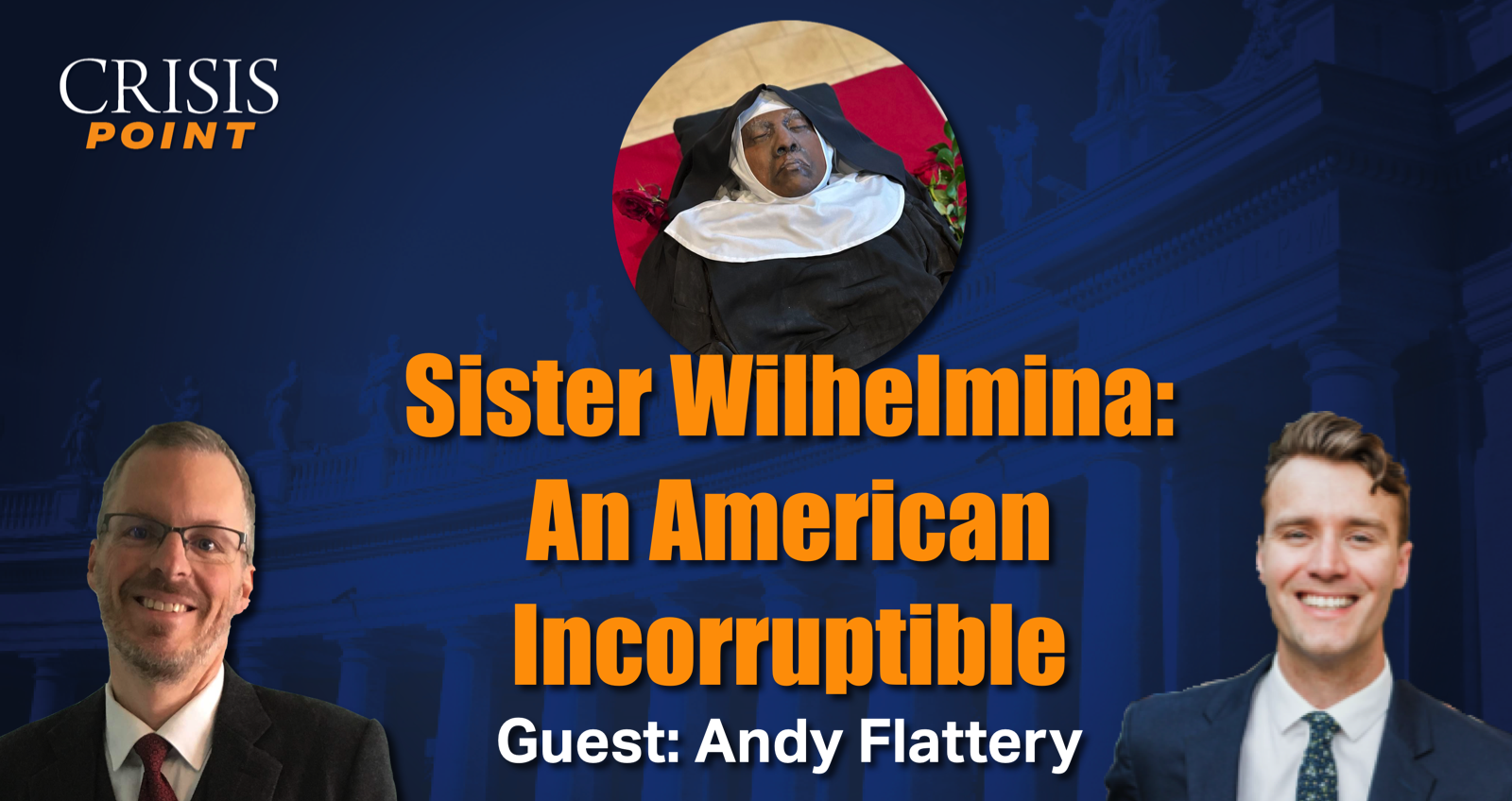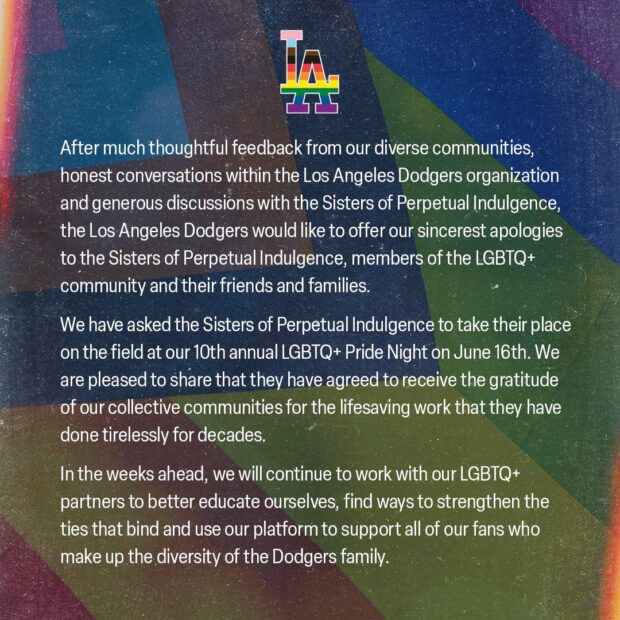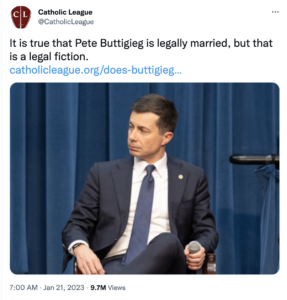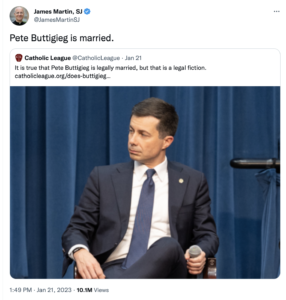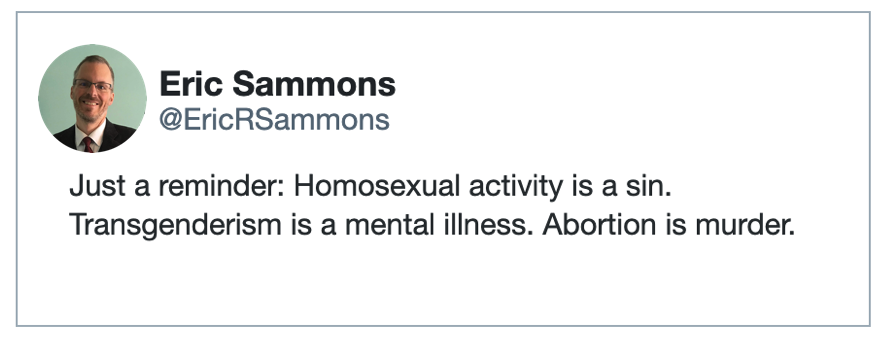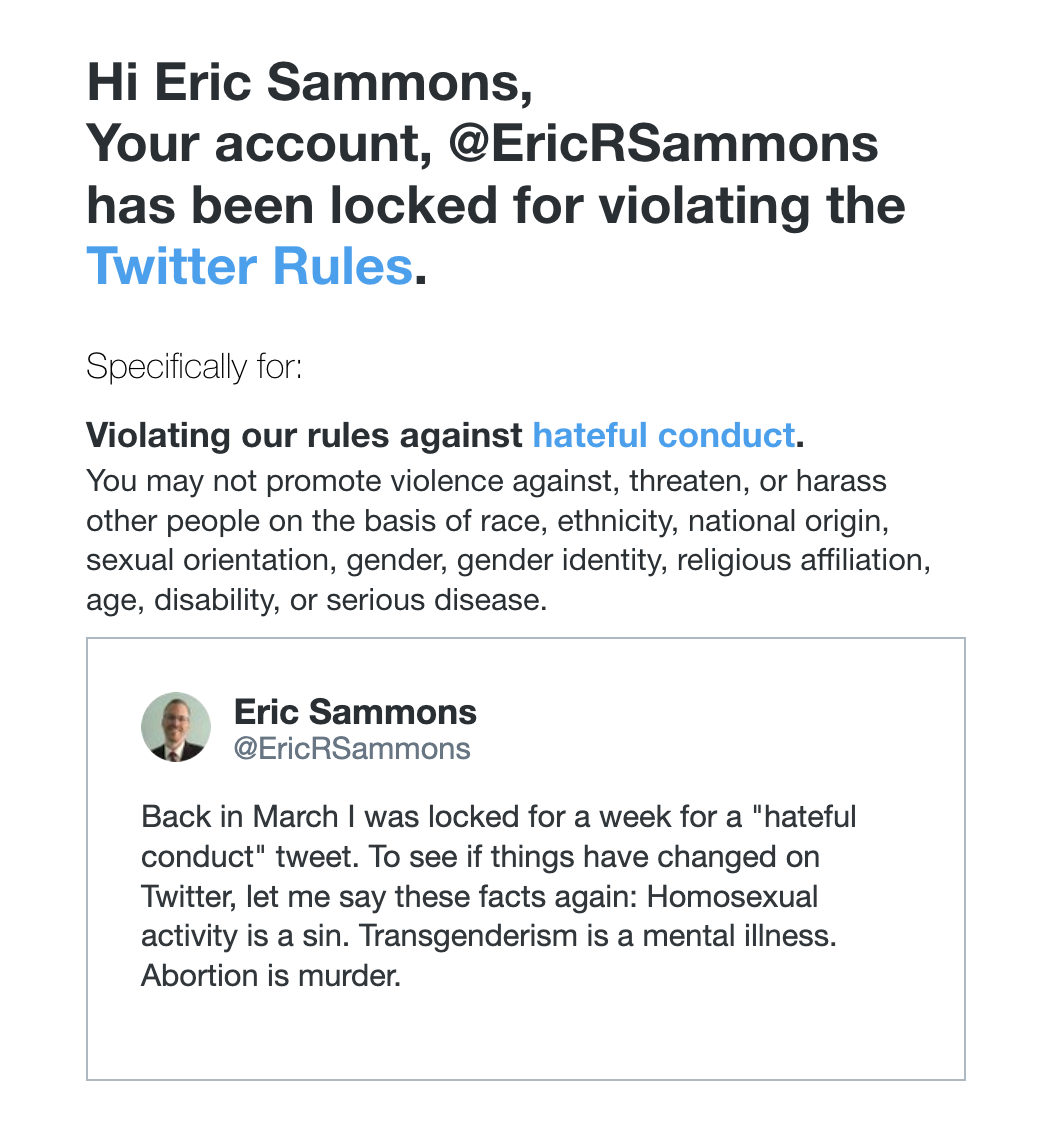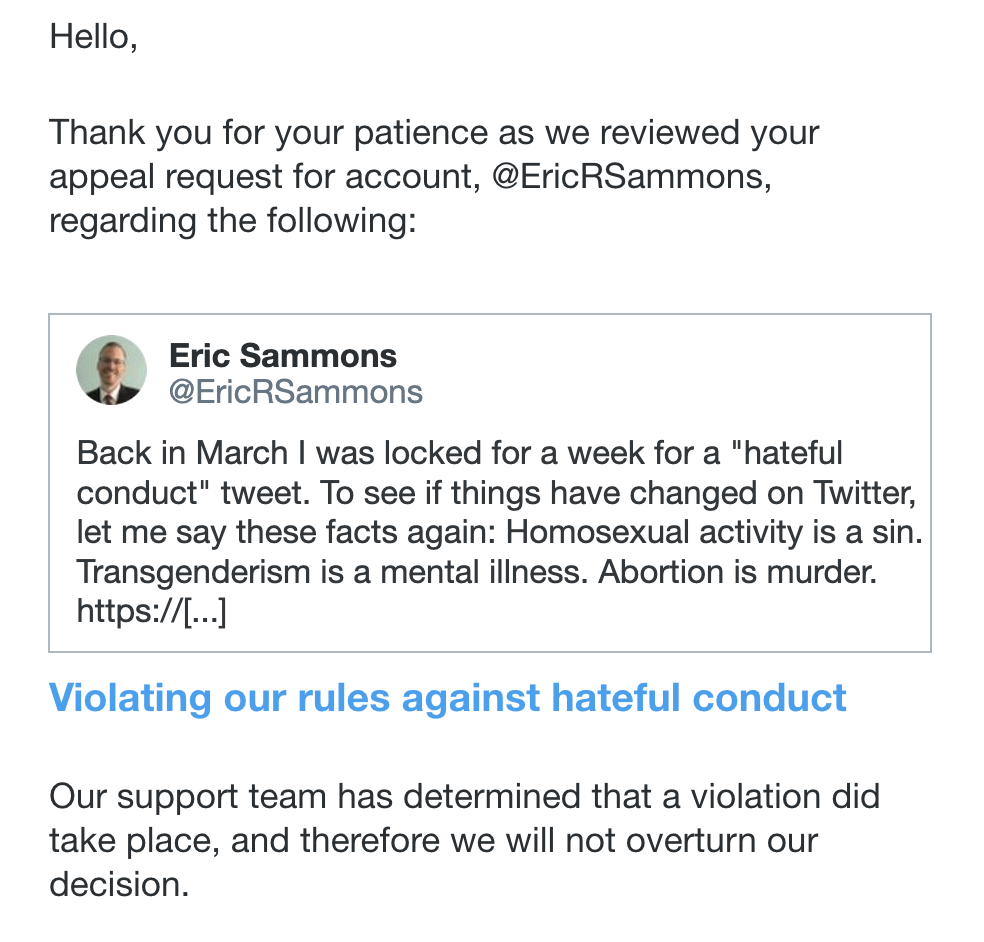I’m angry, and if you’re paying attention, you should be too.
The past week has not been a good one for the cause of orthodoxy in the Church. Last week’s appointment of Archbishop Víctor Manuel Fernández as head of the Dicastery for the Doctrine of the Faith was a blow to anyone who cares about souls. Statements by Fernández since the appointment have only amplified how wholly unqualified the man is to be the Church’s guardian of doctrine.
Then yesterday another blow came. The participants in the upcoming Synod on Synodality were announced, including the papal selections. These latter picks are the men whom Pope Francis personally thinks are important to attend and vote on matters of grave importance to the Church. Among his selections from America are Cardinals Cupich, Gregory, and McElroy—confirmed progressives who have shown a willingness to jettison Church teaching for their own ideologies, as well as a disdain for traditional Catholic teaching and piety. They are card-carrying members of the McCarrick wing of the American hierarchy.
But those three men aren’t even the worst papal selections. No, that honor belongs to Fr. James Martin, SJ, promoter of all things gay. That’s right, the most infamous priest in America, the man who has done more to promote homoheresy in this country than anyone else, was selected by Pope Francis as a voting member of the upcoming Synod which will be addressing issues related to homosexuality.

Like I said, you should be angry, at least if you care about souls.
Now, it’s not fashionable in respectable Catholic circles to be angry, or at least to admit it. Doing so will label you a “mad trad” or some other epithet. After all, we are supposed to be joyful witnesses, right? We won’t convert anyone if we are sourpusses. Over and over we are told by professional Catholics that we must never be angry, that somehow it would be unchristian or at least in bad form.
Yet Our Lord got angry at times, and if it’s good enough for him, it’s good enough for us. And what most angered him? It was when religious leaders did things to scandalize the faithful and pull them away from God. When they proclaimed to be leading people to God but then said and did things that were contrary to his Father’s Will. This angered him greatly.
That is the situation we are in now. We have religious leaders—up to and most definitely including Pope Francis—who are actively working to undermine the Catholic Faith as handed on to us by our ancestors. They are sowing confusion among poor souls who often know no better and thus will go down a path that leads to eternal destruction. If this doesn’t cause some righteous anger in your heart, then I question your love of God.
We have religious leaders—up to and most definitely including Pope Francis—who are actively working to undermine the Catholic Faith as handed on to us by our ancestors. Tweet ThisThat being said, we cannot let anger rule and control our hearts. Yes, be angry, but make sure it is a righteous anger. Be sure it is not an anger that disturbs your peace. That means it also includes a complete trust in God—a trust that He is also angry and He will act in His time. He loves the souls being led astray even more than we do, and although He may seem silent now, He does not abandon His people. I would recommend meditating on Ezekiel 34, in which the Lord condemns evil shepherds and promises that He will save His sheep Himself.
So let us be angry, and in that anger work against the machinations of unholy men who seek the destruction of souls. But in our anger let us trust completely in divine providence and that Our angry Lord will work even through the evil around us for the good of His Kingdom.
“Be angry, and sin not” (Eph 4:26).



